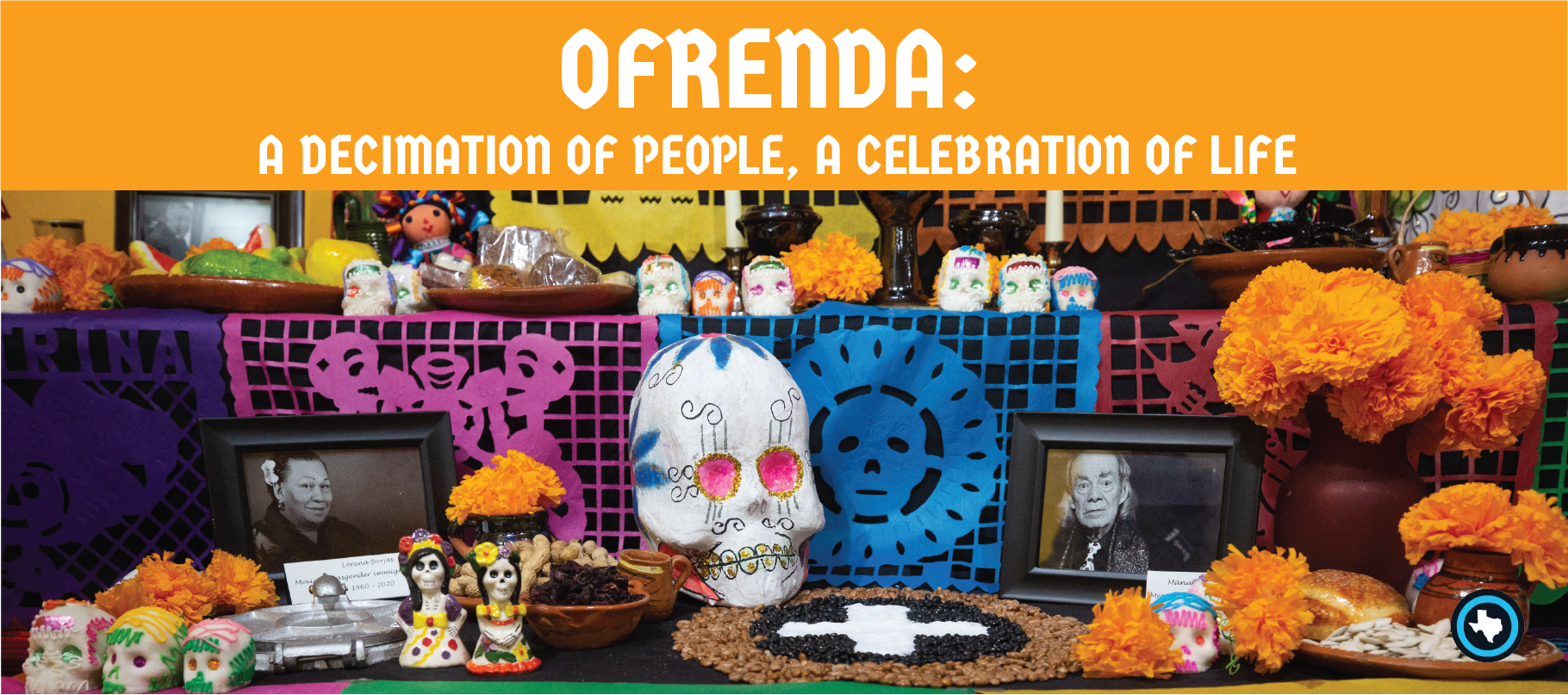Leer en español.
As overwhelming as the loss of life has been during the pandemic, some experts say there has been an undercount of COVID-19 cases among Latinos in Texas.
Rogelio Saenz is a professor of demography at the University of Texas at San Antonio. He told Texas Standard that he noticed problems with COVID-19 case data when he began collecting it in March. He set out to track the spread of COVID-19 in Latino communities.
“There were a lot of problems originally, given the way Latinos are identified,” Saenz said. “And then, a lot of states, what they were doing was not separating Latinos from the white population.”
In June and July, when COVID cases spiked after economies began to reopen, Saenz says he noticed that Latinos were disproportionately represented among the dead in California, Arizona and Florida.
“But Texas kind of lagged behind, and that got me suspicious,” he said.
When he dug into the data, Saenz found that many who died were not being identified as Latinos. In fact, 93% of those who contracted the virus were not identified by race or ethnicity.
Saenz decided to change that, tracking ethnic identification and racial data himself.






